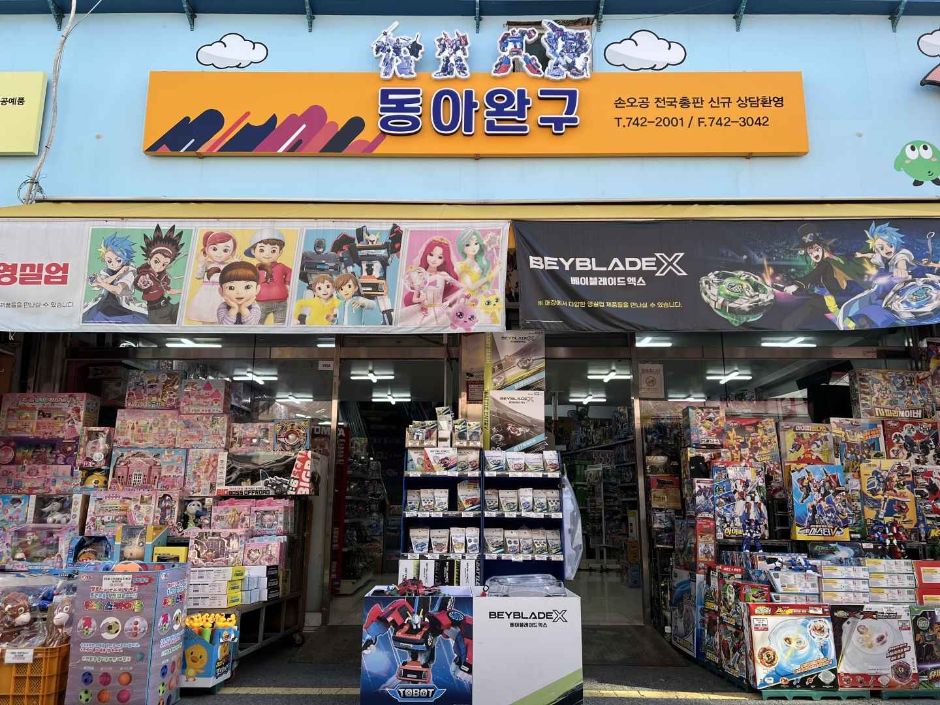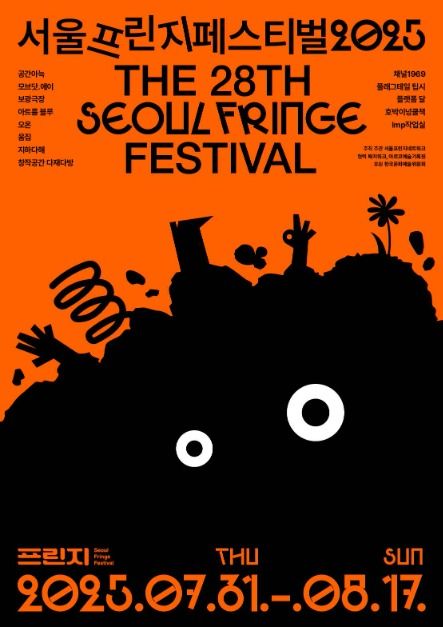Aimerfeel - Hongdae Branch [Tax Refund Shop] (에메필 홍대점)
4.6Km 2024-04-16
#108, 156, Yanghwa-ro, Mapo-gu, Seoul
-
Olive Young - Hongik Univ. Station Branch [Tax Refund Shop] (올리브영 홍대입구역)
4.6Km 2024-04-16
156, Yanghwa-ro, Mapo-gu, Seoul
-
Donga Stationery (동아완구)
4.6Km 2024-09-11
5 Jong-ro 52-gil, Jongno-gu, Seoul
Donga Stationery is a stationery store located along Changsin-dong Stationery Street. The stop offers a full range of stationery and character goods and is popular among children and adults alike. The shop is located right by Dongdaemun Station (Seoul Subway Line 1), Exit 4, making it easily accessible.
Myth Jokbal Hongik Univ. (미쓰족발 홍대)
4.6Km 2024-03-19
123-1 Eoulmadang-ro Mapo-gu Seoul
+82-2-336-2111
Myth Jokbal is an affordable place for jokbal (braised pigs' feet) and bossam (kimchi cabbage wraps with pork). Jokbal is made by boiling pork feet for a long time and is characterized by its chewy texture and flavor. The signature dish, Myth maneul jokbal (braised pigs' feet with garlic), is tender and flavored with plenty of garlic. the restaurant offers other popular dishes including original jokbal (original braised pigs' feet), kkaennip buljokbal (spicy braised pigs' feet with perilla leaves), and gabeuri bossam (kimchi cabbage wraps with grilled blade-end fatback). It is just a 2-minute walk from Exit 9 of Hongik Univ. Station, attracting numerous visitors.
Gwanghuimun Gate (광희문)
4.6Km 2021-02-24
344, Toegye-ro, Jung-gu, Seoul
+82-2-3700-3900
Gwanghuimun Gate is said to have been originally constructed in 1396, the 5th year of King Taejo, at the southeast of the capital city. It was often referred to as Sugumun Gate (water channel gate) and was actually used as a Sigumun, literally meaning “corpse gate,” as funeral processions passed through this gate when exiting to the east.
During the Imjin War (1592-1598), the fortress gate was destroyed to such a degree that it made finding the original location close to impossible. Nevertheless, reconstruction efforts were started in 1711 (37th year of King Sukjong) and the gate was restored together with the gate's watchtower. Gwanghuimun Gate remained intact even when the fortress walls were demolished to build tram tracks during the Japanese occupation, but it was later damaged during the Korean War and left neglected. In 1975, restoration work was carried out to relocate Gwanghuimun Gate to a site 15 meters south of its original location since it stood in the middle of the road.
Olive Young - Gwangheungchang Station Branch [Tax Refund Shop] (올리브영 광흥창역점)
4.6Km 2024-06-26
1F, 75-16, Seogang-ro, Mapo-gu, Seoul
-
Seoul Fringe Festival (서울프린지페스티벌)
4.6Km 2025-07-24
84-3 Seongmisan-ro 13-gil, Mapo-gu, Seoul
+82-2-325-8150
Seoul Fringe Festival has been held every summer annually since 1998. The festival is open to artists of all genres, from dance to music and media art. Due to the open style and non-competitive element of the festival, artists and festival-goers alike are free to express themselves however they choose.
Yukjeon Hoekwan (역전회관)
4.6Km 2024-03-19
47, Tojeong-ro 37-gil, Mapo-gu, Seoul
+82-2-703-0019
Located in Mapo, Yukjeon Hoekwan is a Korean restaurant that has been selected for the Michelin Guide Seoul 2023. It has kept its original taste through four generations. The signature dish is the Bassak bulgogi (thin-sliced bulgogi), which is served without soup and has a moist juiciness, tender texture, and not-too-sweet seasoning. Patrons have the option to other dishes including yukhoe bibimbap (beef tartare bibimbap), nakji bokkeum (stir-fried octopus), bossam (kimchi cabbage wraps with pork), and samhap (skate, pork, and kimchi combo). In addition, the handcrafted makgeolli (unrefined rice wine) made in their own brewery is a must-try.
ER Shoopen - Hongdae Branch [Tax Refund Shop] (ER 슈펜 홍대)
4.6Km 2024-04-18
153, Yanghwa-ro, Mapo-gu, Seoul
-
![CK Globalnet [Tax Refund Shop] (씨케이글로벌네트)](http://tong.visitkorea.or.kr/cms/resource/62/3312862_image2_1.jpg)
![Aimerfeel - Hongdae Branch [Tax Refund Shop] (에메필 홍대점)](http://tong.visitkorea.or.kr/cms/resource/51/2887751_image2_1.jpg)




![ER Shoopen - Hongdae Branch [Tax Refund Shop] (ER 슈펜 홍대)](http://tong.visitkorea.or.kr/cms/resource/52/2889552_image2_1.jpg)
 English
English
 한국어
한국어 日本語
日本語 中文(简体)
中文(简体) Deutsch
Deutsch Français
Français Español
Español Русский
Русский